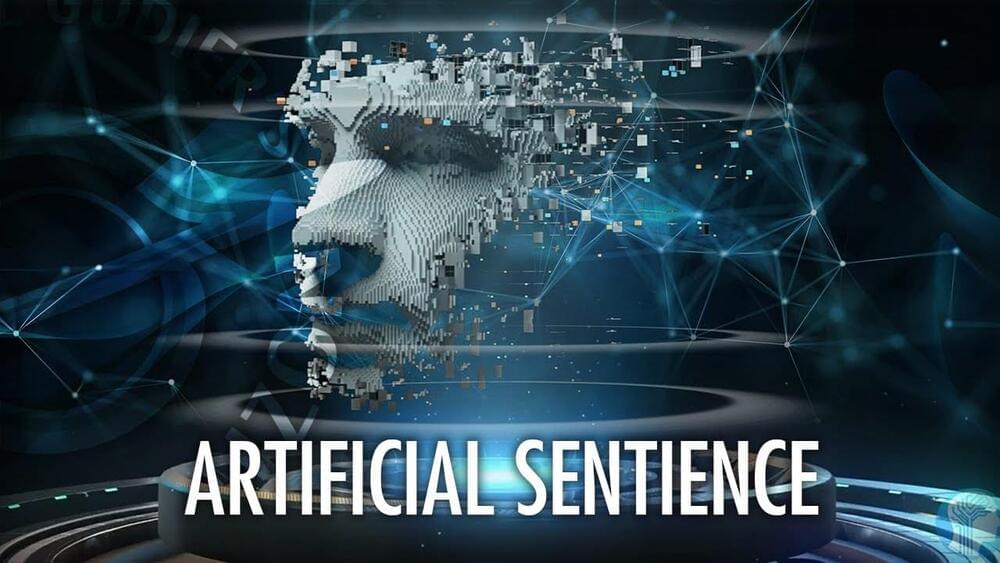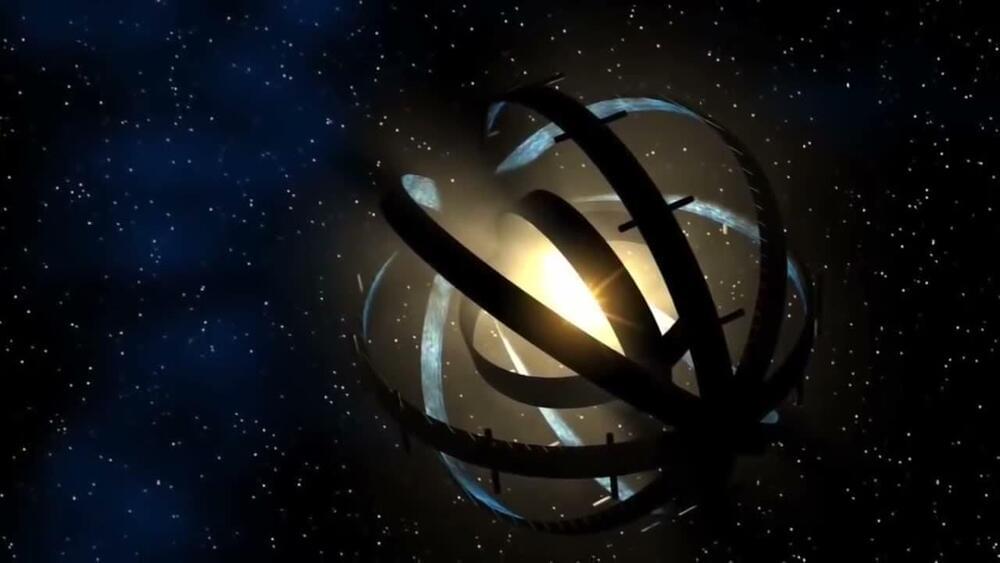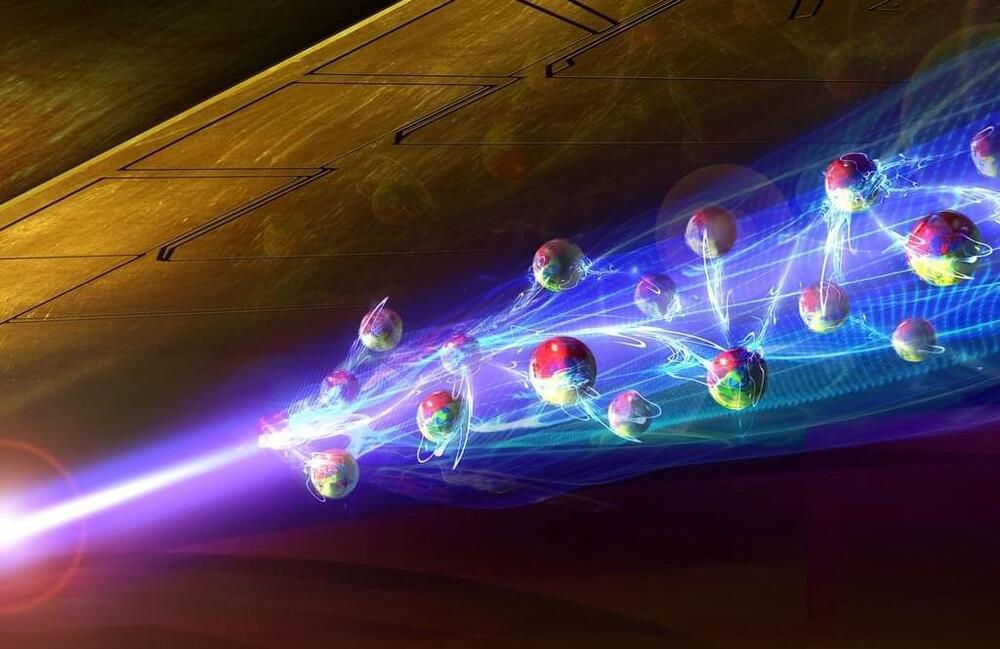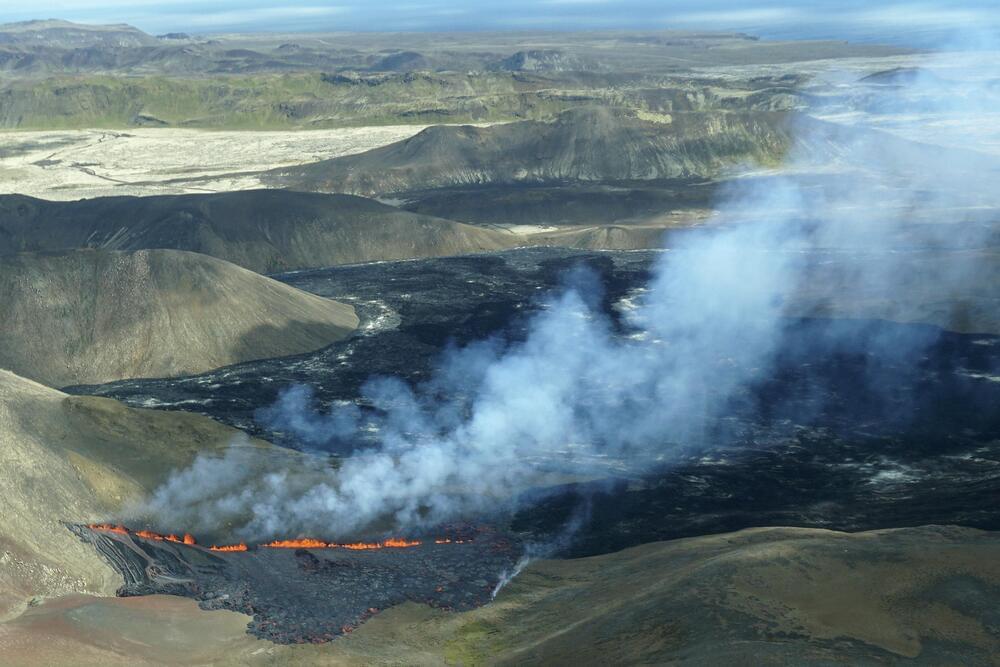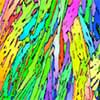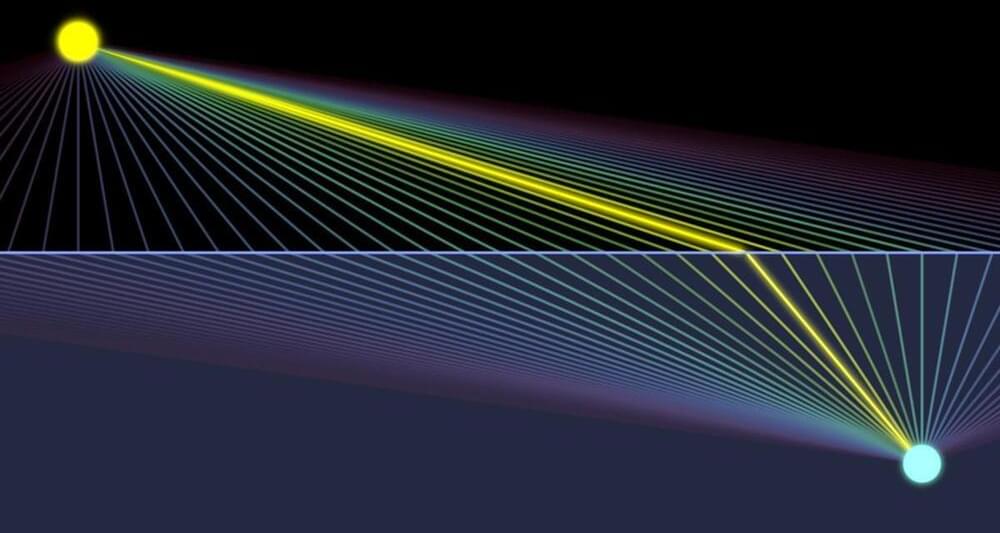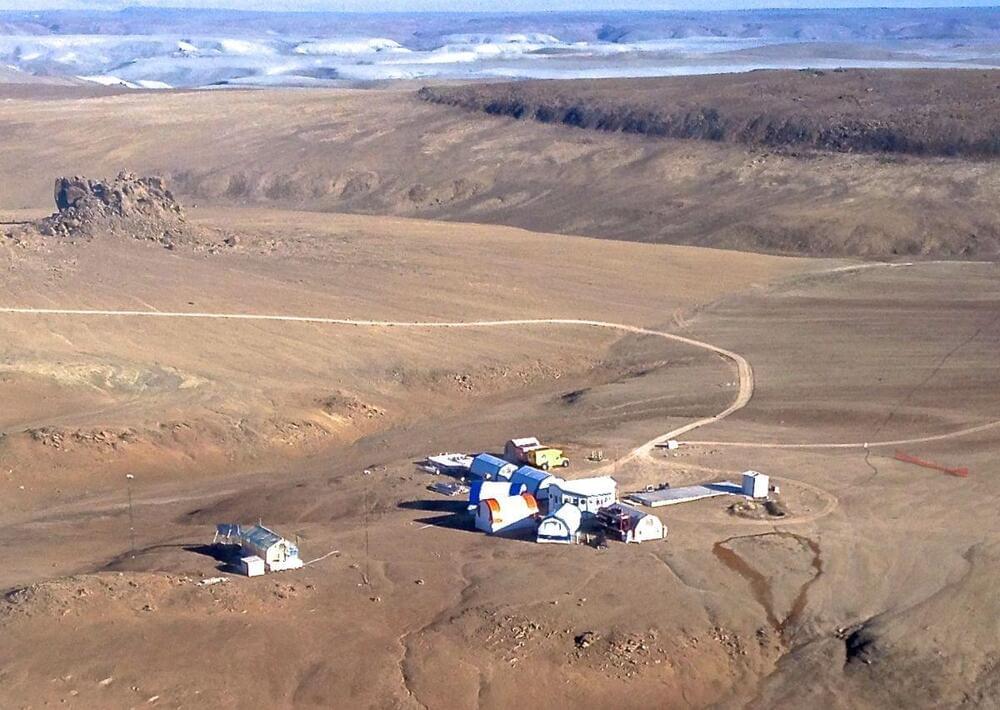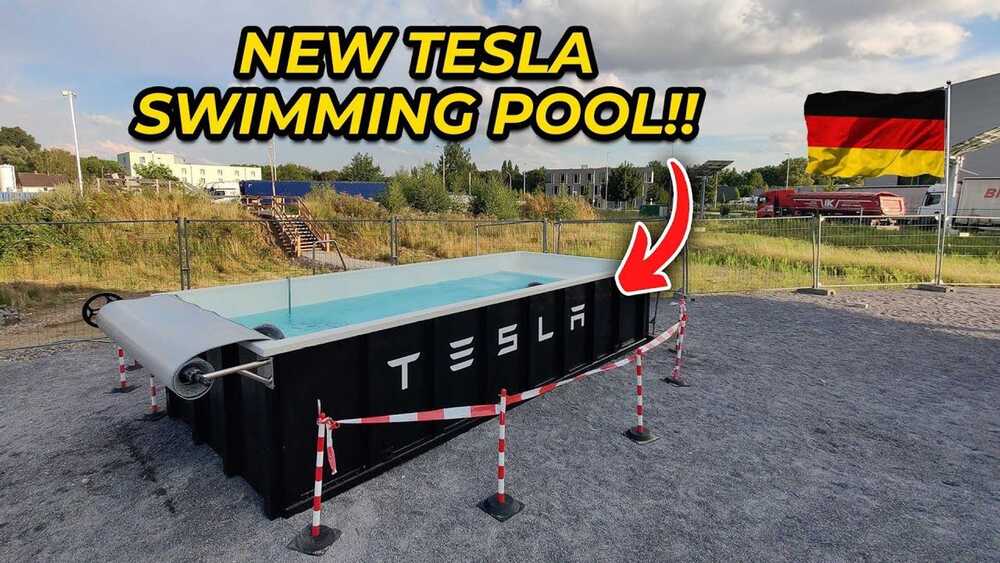Recently, Blake Lemoine a computer scientist and machine learning bias researcher for Google released an interview with Google’s LaMDA a conversation technology and AI. Blake proposes, based on his time testing LaMDA, that it is a super intelligence and sentient. Blake details just what made him come to this conclusion and why he believes we have passed the singularity, last year.
Blake’s links:
https://twitter.com/cajundiscordian.
https://cajundiscordian.medium.com/is-lamda-sentient-an-interview-ea64d916d917
News links:
https://www.vox.com/23167703/google-artificial-intelligence-…l-sentient.
https://blog.google/technology/ai/lamda/
Youtube Membership: https://www.youtube.com/channel/UCz3qvETKooktNgCvvheuQDw/join.
Podcast: https://anchor.fm/john-michael-godier/subscribe.
Apple: https://apple.co/3CS7rjT
More JMG
Supermind by John Michael Godier — https://amzn.to/3uvDaW0 (affiliated link)
Want to support the channel?
